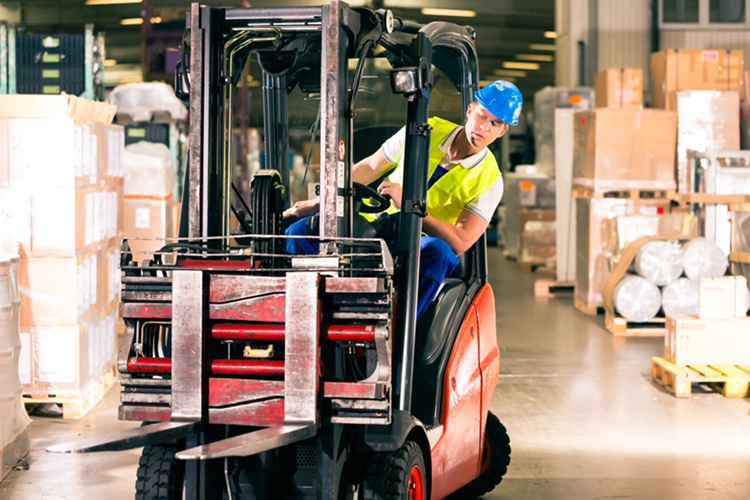In busy warehouses, construction sites, and distribution centres, forklifts are essential for maintaining productivity. But without the right safety protocols in place, they can quickly become a hazard. Safety breaches not only endanger operators and nearby workers, but they can also lead to serious compliance violations, legal issues, and costly downtime. Below, we explore the top 10 forklift safety violations—and how to avoid them with smart practices and technologies like a forklift collision detection system.

Operating Without Certification
One of the most common and serious violations is allowing unlicensed or uncertified operators to use forklifts. Not only is this illegal in Australia, but it also dramatically increases the risk of accidents. How to avoid it: Ensure all operators have valid high-risk work licences and keep up-to-date training records. Implement regular refresher courses.
Poor Visibility and Blind Spots
Limited visibility—especially in crowded or poorly lit areas—can lead to accidents, including pedestrian injuries. Blind spots are a persistent challenge in warehouses. How to avoid it: Install mirrors, maintain clear sightlines, and consider investing in a forklift collision detection system to alert drivers to hidden hazards and nearby personnel.
Overloading the Forklift
Exceeding the rated capacity of a forklift compromises stability and control. Tipping is a major risk in these cases. How to avoid it: Clearly label forklift capacity and educate operators about load limits. Use weight sensors or load-scale systems where appropriate.
Speeding or Reckless Driving
Forklifts are not built for speed and operating them too quickly or erratically can lead to crashes, rollovers, or dropped loads. How to avoid it: Set and enforce site-specific speed limits. Limit travel distances in high-traffic areas and use telematics to monitor behaviour.
Improper Use of Attachments
Using attachments that are not rated or incorrectly fitted can destabilise the forklift and put everyone at risk. How to avoid it: Only use manufacturer-approved attachments, and ensure operators are trained in their correct use.
Inadequate Pre-Operational Checks
Skipping or rushing through pre-start inspections can lead to the use of faulty or unsafe equipment. How to avoid it: Implement daily checklists and make them part of the safety culture. Keep maintenance logs and address issues promptly.
Ignoring Pedestrian Safety
Forklifts often operate in mixed-traffic environments. Failing to separate pedestrian walkways from vehicle lanes is a serious violation. How to avoid it: Use floor markings, physical barriers, and warning signs. Technologies such as pedestrian detection systems can greatly enhance safety.
Parking on Inclines or in Unsafe Areas
Improper parking practices, especially on slopes or near edges, can result in runaways or rollovers. How to avoid it: Enforce parking only in designated flat zones. Use wheel chocks if necessary and instruct operators to lower forks to the ground when parked.
Failing to Secure Loads Properly
Unsecured loads can shift, fall, or cause the forklift to become unbalanced during movement. How to avoid it: Train operators on correct load handling. Use shrink wrap, pallets, and proper stacking techniques to secure items.
Neglecting Environmental Hazards
Uneven surfaces, wet floors, and cluttered pathways can all contribute to forklift incidents. How to avoid it: Conduct regular site inspections and keep operating areas clean and free from obstructions. Address spills or floor damage immediately.
Ready to get started?
Preventing forklift-related safety violations comes down to a mix of training, maintenance, and proactive investment in safety technology. By addressing these common issues and using tools such as a forklift collision detection system, businesses can build a safer, more productive environment for everyone. Forklift safety isn’t just about compliance—it’s about protecting lives and livelihoods.











